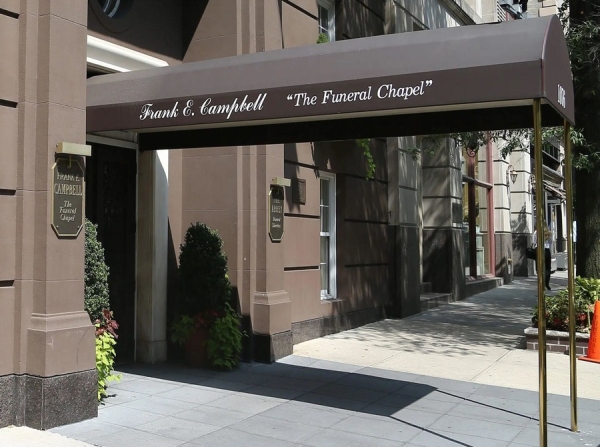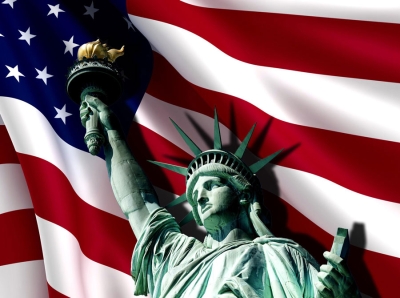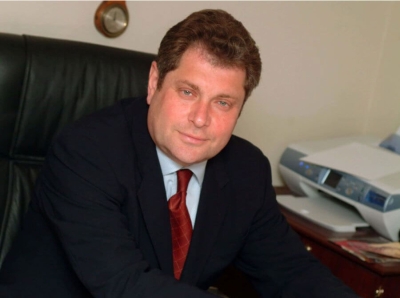Luxury burial at Frank Campbell Funeral Home for $30

Funerals at New York's Frank Campbell Funeral Home have been an absolute must for the rich and famous since 1898. About the same no alternative as “Safisa” for a wedding among the eastern Moscow elite. For over a hundred years, Campbell's Bureau has been providing impeccable final celebrations of life in ways never before imagined. They see off everyone you know from Igor Stravinsky, Judy Garland, Jackie Kennedy to rapper The Notorious BIG, Heath Ledger, Philip Seymour Hoffman and Logan Roy in The Succession. Ordinary mortals who have saved up $30 for a rainy day will also be accepted for burial or cremation. “Some people just want to see 'Frank Campbell' on the death certificate. This gives them class,” explains Dominic Carella, ex-vice president of the bureau.
The founder of the most luxurious burials, Frank Campbell, forever changed the way people buried their dead - usually everything happened at home. Frank bought the hotel and turned the ballrooms into luxurious farewell rooms, decorating them with tapestries, flowers and cheerful paintings. According to the idea, these decorations should dispel despondency. In the basement, he set up a laboratory for embalming bodies, was the first in the city to use a biplane to scatter ashes and cars as hearses, and purchased a floating chapel to transport bodies across the Hudson for burial at sea.
The gold, blue, red and Broadway halls of Campbell's company saw everything and everyone. The body of actress Judy Garland was flown to New York from London. Judy had overdone it with barbiturates, which she drank instead of champagne during her honeymoon. Thousands of journalists, fans and onlookers were waiting to say goodbye to the star. But two hours before the opening of Campbell's golden hall, it turned out that Garland had been poorly embalmed, her makeup was terrible and the gray chiffon dress she was wearing was covered with mold. The office's concierges were able to convince a dry cleaner to take care of the stains in two hours and find a makeup artist to properly do her makeup. There was no Internet then. Garland’s funeral became a standard, so the socialite, Andy Warhol’s muse, transvestite Candy Darling, at the first signs of death, organized everything for herself at Frank’s, demanding everything like Judy’s. She even did one last photo shoot for herself, which included the iconic “Candy Darling on her Deathbed” photo by Peter Hujar. Helmut Newton was unable to film at that time; he was busy with another project, which he greatly regretted. Candy's funeral, with Elsa Schiaparelli, Liza Minnelli, and Andy Warhol dressed in feathers and sequins, was like a party at Studio 54. Yoko Ono had one impossible wish when John Lennon died: to keep her and John out of the press. And they were able to arrange it: they sent a fake hearse to the cemetery, followed by journalists, and Yoko was given a vase of ashes. No one ever knows what she did to her.
The staff at Campbell's funeral home are better trained than any soldier; force majeure is their constant state. After all, planning a wedding or birthday can take weeks, but you always have one or two days to organize a funeral. And you cannot make a mistake, because death happens only once in a lifetime. In addition to the best makeup artists in the city, as well as balsamists, they have a whole staff of pallbearers who go through a serious casting process. The bearers must be the same height and have large shoulders so that the coffin will look good in press photographs. The bearers rehearse their gait so that they can walk synchronously and confidently without swaying their bodies, maintaining the correct tilt of the coffin.
Author: Yunia Pugacheva



